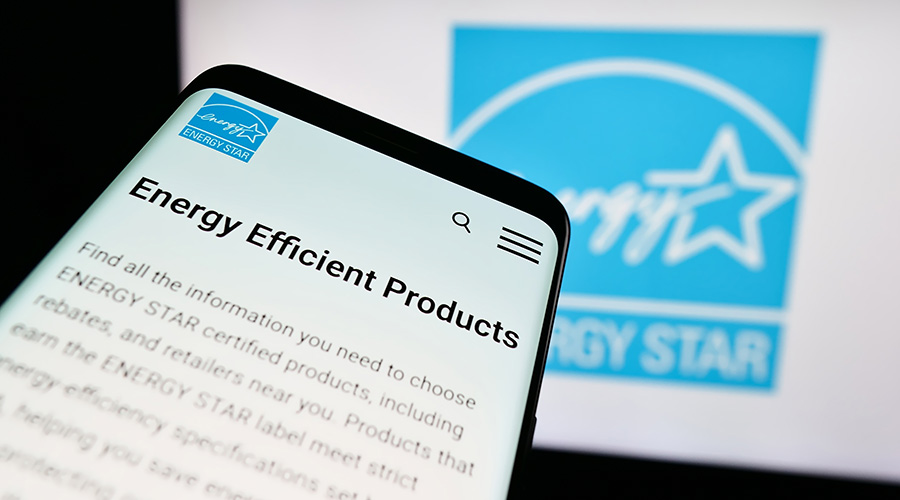Graywater and Water Efficiency
The idea of reusing graywater — water that comes from restroom faucets, clothes washing or showers — has been gaining momentum for years. Graywater reuse is primarily a new construction strategy, because retrofitting the plumbing for graywater collection and reuse in an existing building is generally cost-prohibitive, says Dickinson. Certainly, a graywater system could be retrofitted into an existing structure, but only in cases where money is no object and the organization wants to be green for strictly environmental reasons.
“New construction is always the best way to go,” says Val Little, director of the Water Conservation Alliance of Southern Arizona. “There are ways to retrofit, but it’s a case-by-case basis. It would have to be analyzed, and the company has to really want to be water efficient.”
However, before including a graywater reuse system in a new building’s design, it’s important to estimate approximately how much graywater will be produced to determine whether a system will be worth it at all. According to Doug Bennett, conservation manager of the Southern Nevada Water Authority, in a typical office building — in which people use the restroom about three times per day — one gallon of graywater is produced per person. In the grand scheme of things, that’s not a whole lot.
“Don’t build a graywater system to capture 3 percent of your water needs,” says Bennett. “You may have much less supply than demand.”
“In an office building, there isn’t much graywater produced,” says John Koeller, a professional engineer, principal of Koeller and Company, a technical advisor to the Alliance for Water Efficiency, and vice chair of the LEED water efficiency technical advisory group. “So you have to ask whether it’s cost-effective to put in a secondary water distribution system.”
In facilities like college dorms or multiuse retail and condominium facilities, much more graywater is produced, which may make the strategy more attractive. Experts suggest that facility executives spend a fair amount of time on the front end to determine how the treated graywater can be reused most effectively. The most likely uses for graywater are flushing toilets, irrigation, and as cooling tower make-up water, after chemical treatment.
It’s important to distinguish between graywater and reclaimed water. Reclaimed water is treated to high standards at municipal treatment facilities and delivered by the so-called “purple pipe” to commercial buildings. It is used for some of the same facility functions for which graywater may be used — it’s just treated offsite.
However, facility executives shouldn’t combine graywater and reclaimed water — or potable water for that matter.
“If you combine water with different treatment levels and quality, you have to yield to the lowest common denominator,” says Koeller.
Many health and safety codes and state regulations require that if graywater is used for irrigation, it be sub-surface, or drip irrigation. Unfortunately, drip irrigation systems are more expensive than standard spray irrigation systems. But experts say these regulations are changing and it may be easier to implement graywater projects now than it was even five years ago.
“We’re trying to remove the policy barriers and getting graywater into widespread use,” says Dickinson. “We’re trying to get Congressional recognition that graywater should be a national priority.”
Another consideration if graywater is used for fixture flushing or, after chemical treatment, in cooling towers, is the manufacturer warranty on those products. The warranty may require a specific level of purity for its fixture and Koeller says that many manufacturers are expressing concern about using treated non-potable water in the products.
“It’s important to know the equipment,” says Bennett. “Some valves may not be suitable for lower quality water, and you don’t want to void your manufacturer warranty.”
That same consideration regarding the manufacturer’s warranty could apply to harvested rainwater as well. Currently, using harvested rainwater for interior building functions is much more popular abroad — in Australia, especially — than in the United States. But many facility executives have begun to explore how to use harvested rainwater for toilet flushing and other interior functions for which non-potable water may be an option.
“Water harvesting should be a no-brainer,” says Little. “It’s a strategy that has a pretty good upfront cost because the water is free.”
The water may be free, but moving it may not be. Getting rainwater from where it’s stored into the building (or up several floors, if the cistern is in the basement) could actually raise facility costs if more money is spent on energy for the pumps than is saved from the municipal water bill.
If harvested rainwater is to be used to supplement irrigation — as is most commonly the case — water can be collected in a cistern or bioretention pond and distributed to the landscaped area. Alternatively, “passive” irrigation may be more efficient, say experts. This simply means sloping parking lots and other surfaces so that water flows naturally into landscaped areas.
“Facility executives should definitely capitalize on rainwater, but make sure it’s passive,” says Bennett. “Let gravity do the work for you. If you’re collecting by gravity, but then you have to pump the water somewhere, you may be defeating the purpose.”
In many communities there is pressure to reduce stormwater collected in sewers, but other communities have plans in place to collect rainwater at the municipal level. If this is the case, facility executives may not want to capture rainwater onsite.
“There may be a reservoir the community is trying to keep filled,” says Little. “Ask colleagues in your area and find out what the rules are in your region. More alliances are being formed, especially as water shortages increase.”
Related Topics:














